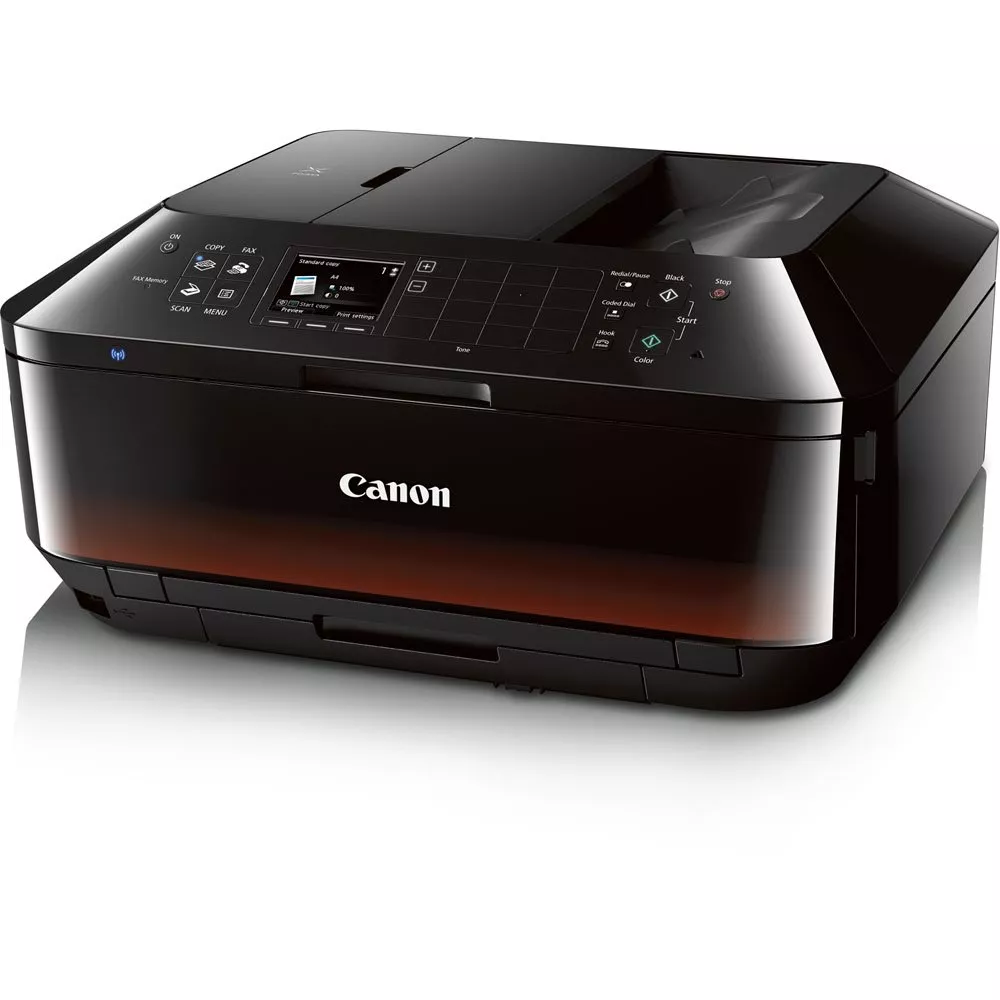Screen printing is a time-honored technique that has evolved into a sophisticated art form and a vital production method across various industries. Whether you're a seasoned professional or a budding entrepreneur, understanding the nuances of screen printing is essential for achieving high-quality results. One of the most critical factors that can significantly influence the outcome of your projects is the size of the screen you choose. In this article, we will delve into the intricacies of screen sizes, helping you determine what size screen is best for screen printing based on your specific needs and applications.
Understanding Screen Printing Basics
Before we explore screen sizes, it’s important to grasp the fundamentals of screen printing. This method involves transferring ink through a mesh screen onto a substrate, such as fabric, paper, or plastic. The screen is coated with a light-sensitive emulsion, which is then exposed to a design. The areas that are not exposed to light remain soft and are washed away, creating a stencil through which ink can be pushed.
The Importance of Screen Size
The size of the screen you choose can have a profound impact on the quality, detail, and efficiency of your screen printing projects. Here are several factors to consider when determining the best screen size for your needs:
- Design Complexity: The intricacy of your design plays a crucial role in screen size selection. For detailed designs with fine lines and small text, a smaller screen may be more appropriate. Conversely, larger designs or those requiring bold graphics may benefit from a larger screen, allowing for greater ink coverage and detail.
- Substrate Size: The dimensions of the substrate you are printing on should align with your screen size. If you are printing on t-shirts, for example, a screen that is too small may not cover the entire area effectively, leading to incomplete prints. Conversely, using a large screen for small items can result in wasted ink and unnecessary complications.
- Ink Type and Viscosity: Different inks have varying viscosities, which can affect how they pass through the screen mesh. Thicker inks may require a larger screen with a wider mesh opening to facilitate smooth printing, while thinner inks can work well with smaller screens.
- Production Volume: If you are producing items in bulk, a larger screen may allow for quicker printing, as you can cover more area in a single pass. However, if you are working on smaller batches or custom designs, a smaller screen may be more manageable and cost-effective.
Common Screen Sizes and Their Applications
To help you make an informed decision, here are some common screen sizes and their typical applications:
- 20x24 Screens: Ideal for standard t-shirt printing, this size allows for a comfortable balance between detail and coverage. It is versatile enough for various designs and is commonly used in both manual and automatic presses.
- 16x20 Screens: This smaller size is perfect for printing on smaller items, such as tote bags or children's clothing. It is also suitable for intricate designs that require precision.
- 24x36 Screens: For larger projects, such as banners or large apparel, this size provides ample space for bold graphics and extensive coverage. It is particularly useful for high-volume production runs.
- Custom Sizes: Depending on your specific needs, custom screen sizes can be created. This flexibility allows you to tailor your equipment to fit unique projects, ensuring that you achieve the best possible results.
Conclusion: Choosing the Right Screen Size for Your Needs
In conclusion, selecting the right screen size for screen printing is a multifaceted decision that hinges on various factors, including design complexity, substrate size, ink type, and production volume. By carefully considering these elements, you can optimize your screen printing process, enhance the quality of your prints, and ultimately achieve greater satisfaction in your projects.

